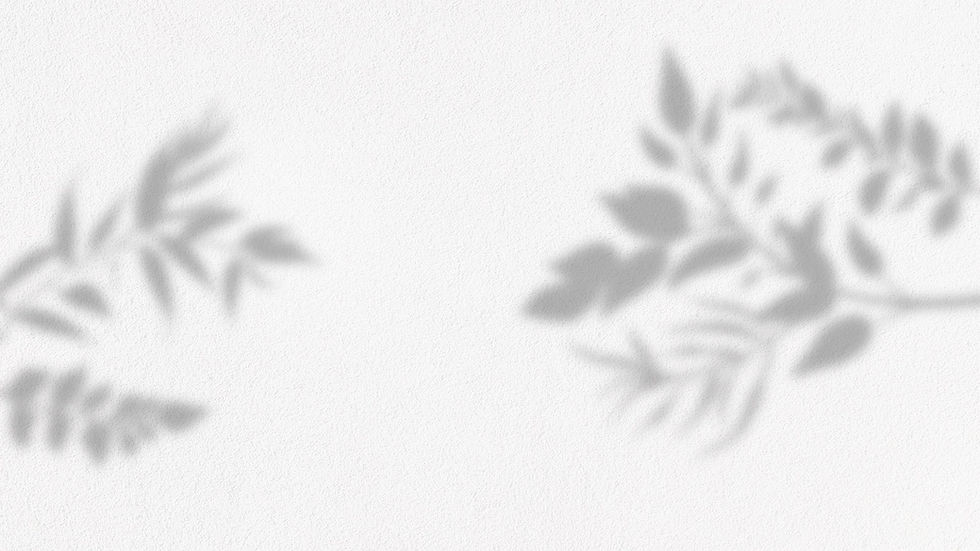
“Carl Jung wrote, ‘Only the paradox comes anywhere near to comprehending the fullness of life.’ We are complex beings who wake up every day and fight against being labeled and diminished with stereotypes and characterizations that don’t reflect our fullness. Yet when we don’t risk standing on our own and speaking out, when the options laid before us force us into the very categories we resist, we perpetuate our own disconnection and loneliness. When we are willing to risk venturing into the wilderness, and becoming our own wilderness, we feel the deepest connection to our true self and to what matters most. ”
Brené Brown
The Great Secret of Art

That is the secret of great art, and of its effect upon us. The creative process, so far as we are able to follow it at all, consists in the unconscious activation of an archetypal image, and in elaborating and shaping this image into the finished work. By giving it shape, the artist translates it into the language of the present, and so makes it possible for us to find our way back to the deepest springs of life. Therein lies the social significance of art: it is constantly at work educating the spirit of the age, conjuring up the forms in which the age is most lacking. The unsatisfied yearning of the artist reaches back to the primordial image in the unconscious which is best fitted to compensate the inadequacy and one-sidedness of the present. The artist seizes on this image, and in raising it from deepest unconsciousness he brings it into relation with conscious values, thereby transforming it until it can be accepted by the minds of his contemporaries according to their powers.
Peoples and times, like individuals, have their own characteristic tendencies and attitudes. The very word "attitude" betrays the necessary bias that every marked tendency entails. Direction implies exclusion, and exclusion means that very many psychic elements that could play their part in life are denied the right to exist because they are incompatible with the general attitude. The normal man can follow the general trend without injury to himself; but the man who takes to the back streets and alleys because he cannot endure the broad highway will be the first to discover the psychic elements that are waiting to play their part in the life of the collective. Here the artist's relative lack of adaptation turns out to his advantage; it enables him to follow his own yearnings far from the beaten path, and to discover what it is that would meet the unconscious needs of his age. Thus, just as the onesidedness of the individuals conscious attitude is corrected by reactions from the unconscious, so art represents a process of self-regulation in the life of nations and epochs.
Carl Jung

One of the most reliable indicators of a friendship’s longevity is something I call “Imperfection Tolerance.” That is, the friendships that are the most likely to last have an expansive and compassionate tolerance for each other’s imperfections. Instead of turning away from one another because they are imperfect, they turn toward one another. Instead of shunning each other, they accept each other- warts and all. Quite often, friendships fall apart because there is an inequality in their “Imperfection Tolerance.” I have seen this time and time again. One person has no tolerance for their friend’s imperfect patterns, while simultaneously expecting all of theirs to be fully embraced. A sense of inequality sets in, as one friend feels entitled to complete acceptance, while never letting their friend off the hook. Better to identify these patterns early- it will save you lots of time, and disappointment. Equality of compassion is the root of most long lasting friendships.
jeff brown


There once was a farmer who grew excellent quality corn. Every year, he won the award for the best grown corn. One year a newspaper reporter interviewed him and learned something interesting about how he grew it. The reporter discovered that the farmer shared his seed corn with his neighbors. “How can you afford to share your best seed corn with your neighbors when they are entering corn in competition with yours each year?” the reporter asked.
“Why sir,” said the farmer, “Didn’t you know? The wind picks up pollen from the ripening corn and swirls it from field to field. If my neighbors grow inferior corn, cross-pollination will steadily degrade the quality of my corn. If I am to grow good corn, I must help my neighbors grow good corn.”
So is with our lives. Those who want to live meaningfully and well must help enrich the lives of others, for the value of a life is measured by the lives it touches. And those who choose to be happy must help others find happiness, for the welfare of each is bound up with the welfare of all.





